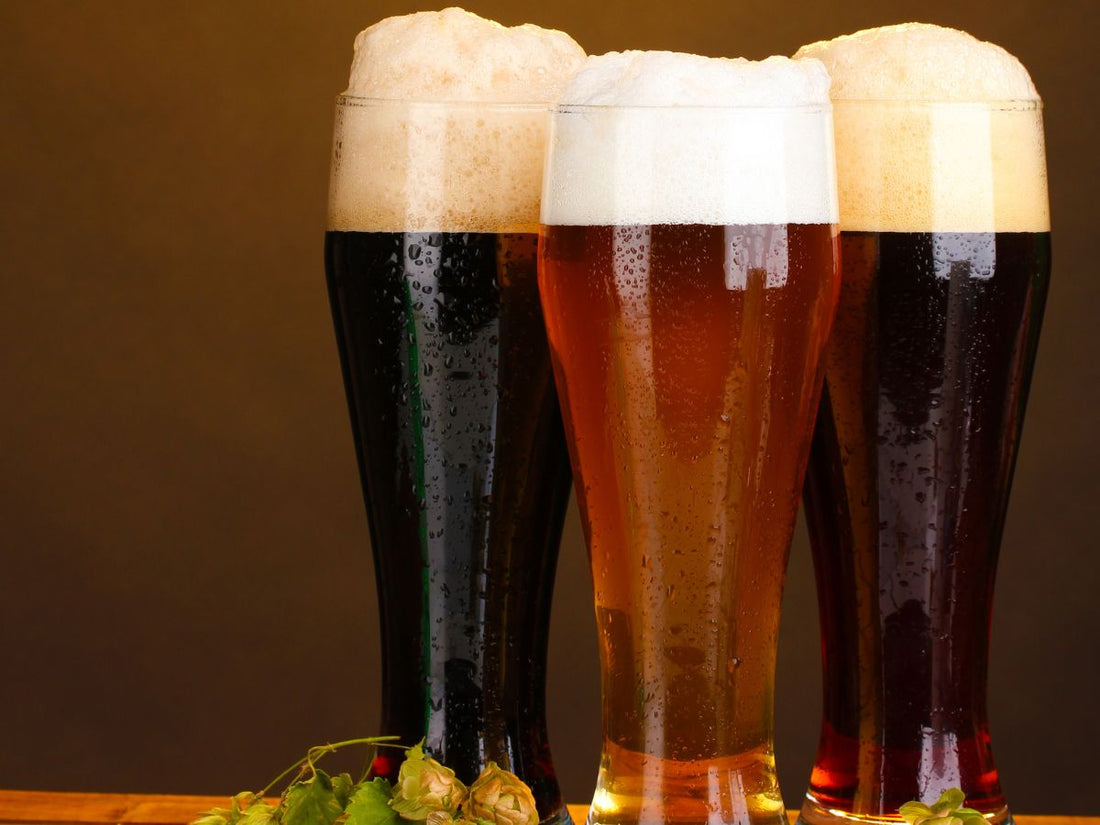Preference the Finest Galveston Whiskey: Regional Distilleries and Special Picks
Preference the Finest Galveston Whiskey: Regional Distilleries and Special Picks
Blog Article
The Ultimate Distillery Experience: From Grain to Glass, Every Little Thing You Need to Know
Starting a journey with the intricacies of the distillery procedure introduces a world where science meets virtuosity in the production of spirits. From the careful selection of grains to the precise crafting of each container, every action in the assembly line plays an essential duty fit the last item that graces our glasses. As we explore the nuances of taste, aging, and distillation profiles, a deeper admiration for the workmanship and devotion behind each sip arises. Join us as we decipher the layers of competence and enthusiasm that culminate in the ultimate distillery experience.
The Art of Grain Choice
Picking the ideal grains is an essential action in the purification procedure, determining the taste account and top quality of the end product. The kind of grain selected considerably influences the character of the spirit being generated - Galveston Whiskey. Typical grains utilized in purification consist of barley, rye, wheat, and corn, each imparting distinctive flavors and characteristics to the final product

Beyond taste considerations, the top quality and pureness of the grains are paramount. Distillers meticulously resource grains to guarantee they are without impurities and have the required starch material for fermentation. By understanding the art of grain option, distillers lay the foundation for producing outstanding spirits that captivate the palate.
Distillation Refine Demystified
Having actually established the foundation with careful grain selection, the distillation procedure arises as the transformative stage where the significance of the chosen grains is unlocked and improved into a perky type. The procedure doesn't end there; numerous purification runs or extra actions such as aging in barrels may even more improve the spirit, boosting its taste, personality, and intricacy. Recognizing the details of the purification procedure is essential for generating top quality spirits that captivate aficionados and enthusiasts alike.
Barrel Aging and Taste Development
Throughout the barrel aging procedure, spirits undertake a transformative trip as they interact with the timber, absorbing nuanced tastes and creating an abundant complexity. The sort of timber used, typically oak, dramatically affects the final taste of the spirit. Oak barrels are preferred for their one-of-a-kind buildings that improve the taste profile. As spirits age in the barrels, they draw out substances such as vanillin, lignin, and tannins from the timber, contributing to the growth of scents like vanilla, sugar, seasoning, and also hints of toasted oak.
The porous nature of timber likewise makes it possible for the spirit to breathe, assisting in the integration of tastes over time. Depending on the period of aging and environmental problems like temperature and humidity, spirits can get different attributes, from refined timber notes to deep, complex tastes that make each set distinct.
Workmanship in Bottling and Labeling
As spirits reach their ideal taste profiles with barrel aging, the meticulous craftsmanship in bottling and labeling becomes the next essential action in providing a costs product to customers. The procedure of bottling and classifying is an important element of the overall distillery experience, as it is the last touchpoint before the item gets to the hands of consumers (Breweries in Galveston Texas). Craftsmanship in bottling entails making certain that each bottle is loaded precisely with the spirit, taking into consideration factors such as uniformity in fill levels and the prevention of any pollutants going into the container
Tasting and Appreciating Fine Spirits
To totally value fine spirits, one must involve all the detects in a mindful and intentional sampling experience. When tasting penalty spirits, it is vital to begin by observing the spirit's look. Note the shade, clearness, and viscosity of the liquid in the glass. Swirl the spirit gently to launch its fragrance. The nose is an important sense in tasting spirits; take a moment to inhale the complicated scents click this link deeply. Next off, take a little sip and let it linger on your taste. Take notice of the different tastes that unravel - from fruity and sweet notes to spicy or great smoky touches. Consider the mouthfeel, noting if the spirit is smooth, creamy, or fiery. Swish the spirit in your mouth to completely experience its structure and taste. Finally, swallow slowly and value the sticking around finish. Great spirits commonly leave an enjoyable aftertaste that can reveal also extra regarding the workmanship and high quality of the beverage. By engaging all your detects in this fashion, you can absolutely relish and value the complexities of great spirits.
Conclusion
Finally, the distillery experience incorporates the intricate art of grain selection, the precise purification procedure, the transformative barrel aging, the meticulous workmanship in classifying and bottling, and the innovative method of tasting and valuing great spirits. Each step in the production procedure plays a vital role in developing premium spirits that mesmerize the detects and joy aficionados worldwide.
The type of grain selected substantially affects the character of the spirit being produced. By mastering the art of grain choice, distillers lay the foundation for producing extraordinary spirits that mesmerize the taste buds.
/cdn.vox-cdn.com/uploads/chorus_image/image/69556938/305221803_513900044071408_5111142127981802908_n.7.jpg)
Report this page